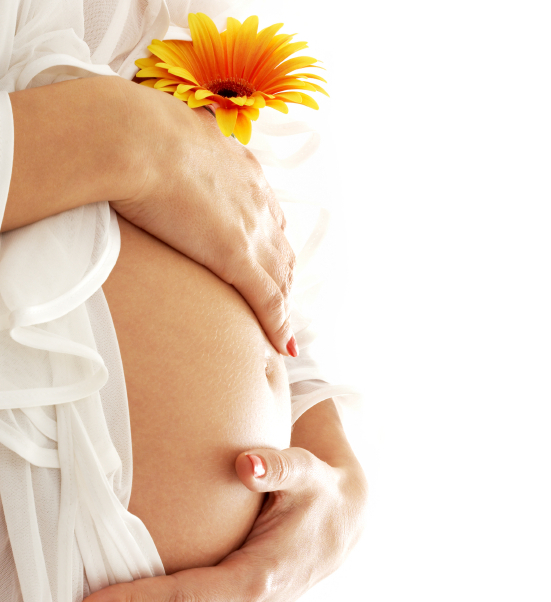What is endometriosis, anyway? To understand endo, you first need to understand menstruation.
Tag: uterus
What is the Process for Fertility Testing?
Nine out of ten couples with a female partner under the age of 35 who are actively trying to get pregnant succeed within one year. The chance of a pregnancy is about 25% per month. For couples who fail to achieve pregnancy after one year (and for women over the age of 35 after 6 months) fertility testing is recommended to identify any obstacles that could prevent pregnancy.
A full medical history and physical examination can reveal problems related to pelvic surgery, cancer treatment, or menstrual disturbances that cause infertility.
Fertility testing is done to rule out specific problems in four areas:
Sperm Testing
For approximately one out of four couples, the quality or quantity of the male partner’s sperm is the underlying cause of infertility. Semenalysis can reveal issues with the sperm count, the motility of sperm (its ability to swim), and the morphology (shape) of the sperm.
Ovulation
For women with a history of irregular menses who do not ovulate regularly, underlying medical conditions may be the cause of low fertility. Common problems include thyroid imbalances, high levels of a hormone called prolactin, or polycystic ovarian syndrome (PCOS). Blood tests and ultrasound exams are used to diagnose these conditions.
Uterus and Fallopian Tubes
Fallopian tubes that are closed can interfere with fertility by making it impossible for an embryo to reach the uterus. Causes of blockage may include previous pelvic surgery or complications from STDs. The uterus may also contain fibroids or polyps that limit the chances of pregnancy. An exam called a hysterosalpingogram (HSG) is used to detect structural problems with the fallopian tubes and uterus. It involves the injection of a contrast dye into the cervix to make the patient’s internal reproductive organs visible in x-rays.
Eggs
The quality and quantity of a woman’s eggs plays a vital role in fertility. Egg quality cannot be determined with fertility testing, but it is strongly correlated with age. The quantity of eggs can be estimated using blood tests such as the FSH (follicle stimulating hormone) and AMH (anti-mullerian hormone). AFC (antral follicle count) is an ultrasound test that can also assist in estimating the number of eggs available.
Sunscreen Compound Linked to Endometriosis
Although sunscreens shield the skin from harmful ultraviolet light, they may have a dark side: Exposure to a compound commonly found in the lotions was associated with endometriosis in a small study in people.
Can Tubal Factor Infertility be Avoided?
by Corey Whelan
The Way It Should Be – Normal Tubal Function
The fallopian tubes are two conduits on either side of the uterus which extend down to the surface of each ovary. They are lined with actively motile ciliary cells, and a thin layer …
Endometriosis and food
by Corey Whelan
More than five million women in America have been diagnosed with endometriosis, a leading cause of infertility.
Endometriosis occurs when the endometrial tissue that lines the inside of the uterus finds its way outside …
